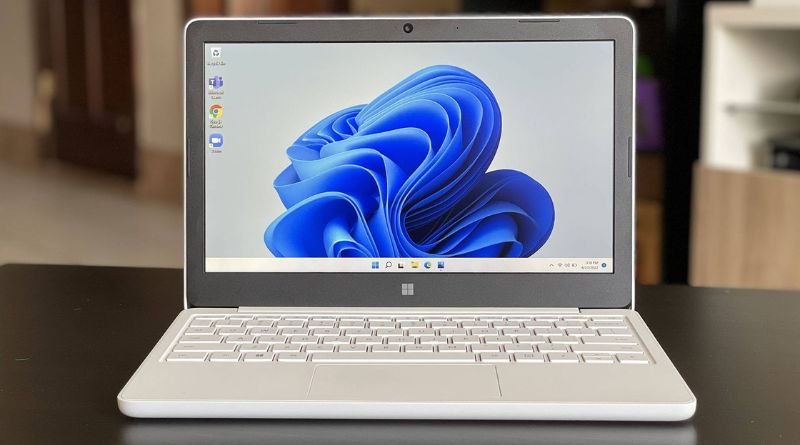5 Tips for Getting the Most Out of Task View in Windows 10

Microsoft’s Windows 10 operating system offers quite a few tools to simplify your workflow and keep you from getting distracted from the task at hand, such as the Action Center, Cortana, and the Lock screen. One tool that you might not be aware of is Task View, which allows you to quickly access all open apps on your computer without having to switch between them manually each time. Here are five tips that will help you get the most out of Task View.
Task View can be accessed from anywhere on your computer
If you’re not familiar with Task View, it’s a feature in Windows 10 that allows you to create virtual desktops. This can be helpful if you want to keep your work and personal life separate, or if you want to declutter your desktop. Here are 5 tips for getting the most out of this handy feature – To create a new desktop, open Task View and click on the + icon at the bottom left corner of the screen.
- You can also click on an existing desktop thumbnail image to switch between them.
- Drag any window from one desktop to another by selecting it and dragging it over; drag windows back by clicking Drag here.
- Pressing Ctrl+Alt+D will open a dialog box where you can set keyboard shortcuts for activating task view screens.
Task View will display information about all open apps and programs
If you’re not familiar with Task View, it’s a feature in Windows 10 that allows you to see all of your open apps and programs in one place. This can be helpful if you’re trying to keep track of multiple things at once or if you need to quickly switch between programs. Here are five tips for getting the most out of Task View
- Open Task View by clicking on the icon on the taskbar.
- Click on an app to bring it up front or click on another app to send it back into the background.
- You can also close an app by clicking on its thumbnail in Task View and pressing X.
- If you have many open apps, drag them around so they are organized into groups.
There are three ways to create new virtual desktops
If you’re working on a lot of different projects at once, or just want to keep your desktop organized, virtual desktops are a great way to do it. Windows 10 has a built-in feature called Task View that makes it easy to create and manage virtual desktops. Here are five tips for getting the most out of Task View. 1) Use Snap Assist to put two windows side by side.
- Easily toggle between apps with Alt+Tab.
- Add more space by resizing any window with the mouse wheel while hovering over it.
- Reorganize taskbar buttons with drag and drop (drag app icon from one taskbar button to another). 5) Group apps together by dragging one onto another (drag an app icon onto an existing group).
Create a vertical layout
If you’re not familiar with Task View, it’s a feature in Windows 10 that allows you to create virtual desktops. This can be helpful if you want to keep your work and personal life separate, or if you need to focus on one task without distractions. Create an app-specific layout: You can also organize apps into different views within each desktop. One example is having two task bars – one with all Microsoft Office apps, another containing everything else. Move tasks from one desktop to another: You can move tasks from one desktop to another by hovering over the desired item until it becomes highlighted (or use CTRL+MouseWheel), then dragging and dropping it onto the desired location.
Resize an existing window into a separate desktop
- Right-click on the taskbar and select Task View.
- Click on the window you want to move to a separate desktop.
- In the upper-right corner of the window, click on the New Desktop icon.
- A new desktop will appear with your window in it. To go back to your original desktop, click on the Task View icon again and select the desktop you want to return to. You can also drag a window from one desktop to another. You can have as many desktops as you need—choose the number by clicking on the + button next to the current number of desktops that appears next to 1.



